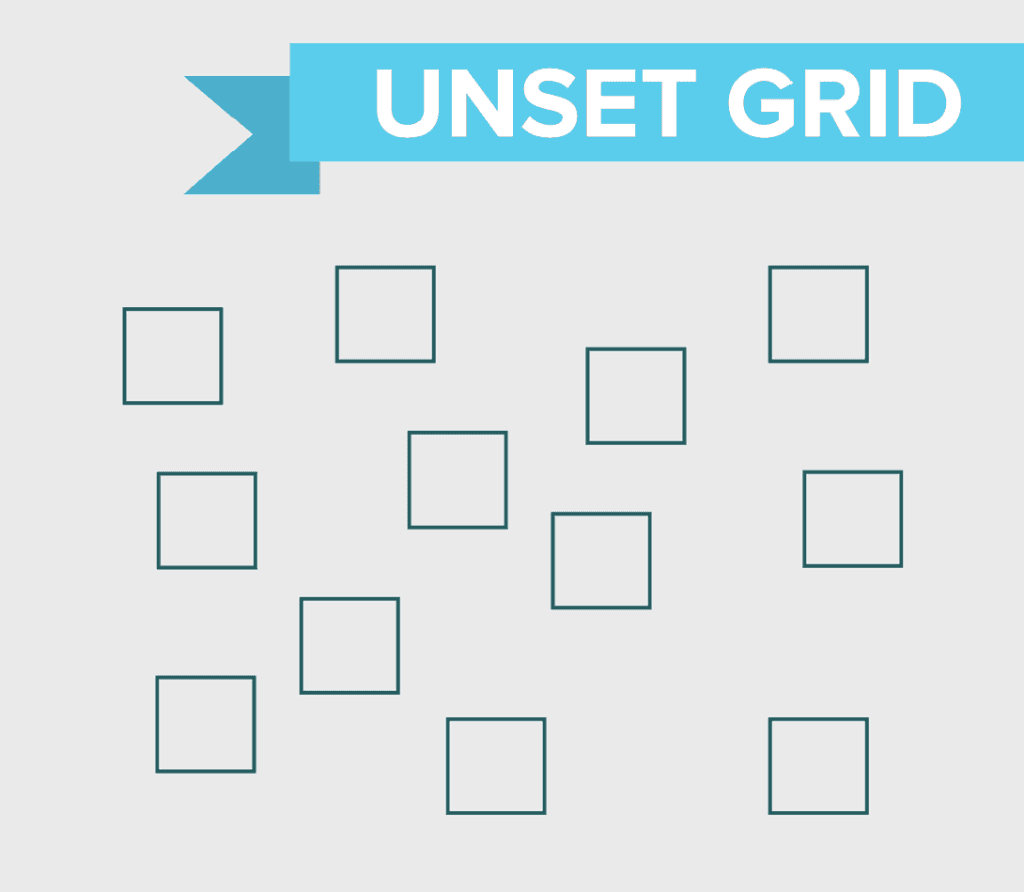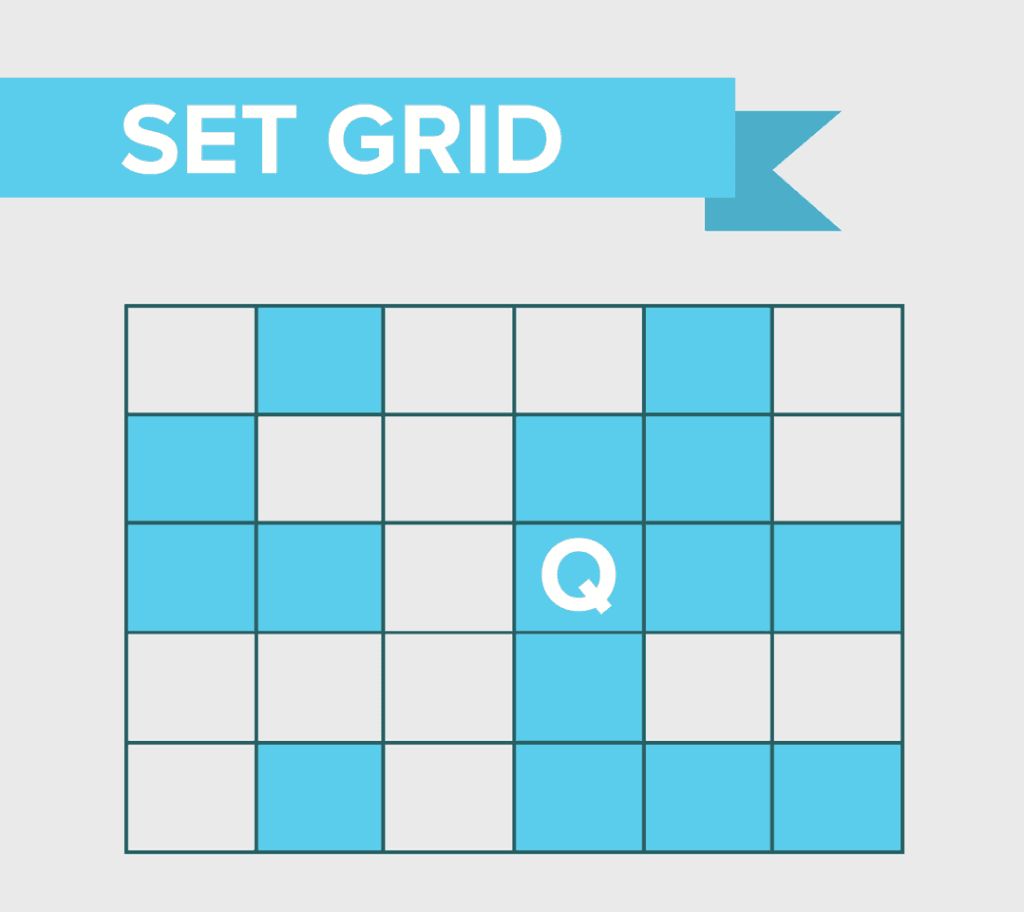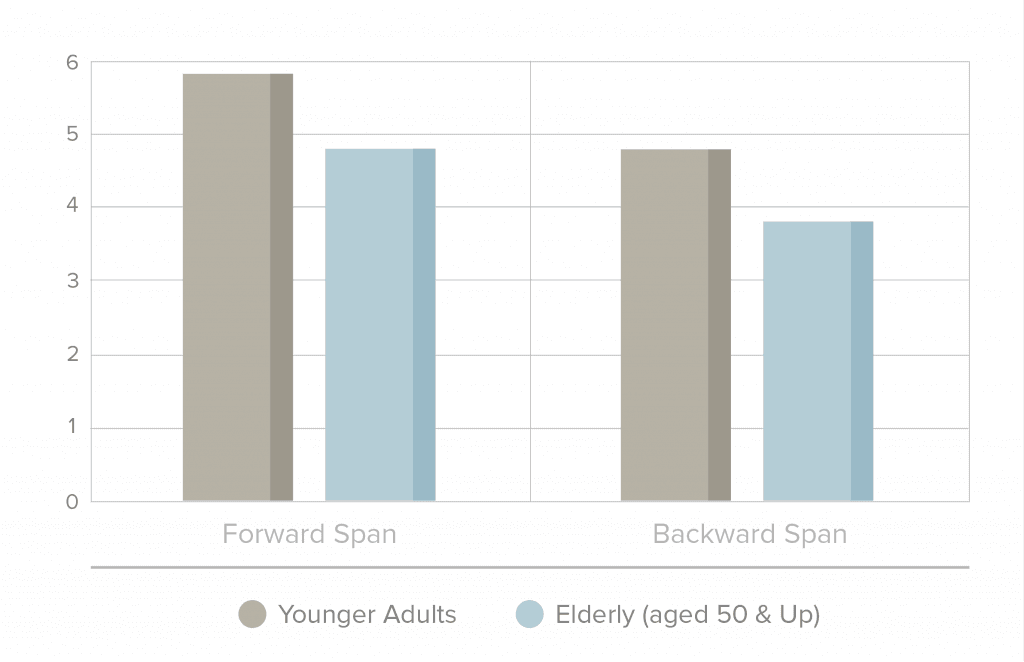



The Corsi block test is a short term visual working memory test that uses blocks and asks the subject to repeat the sequence given by the examiner. The Qolty Corsi Block test can be delivered to patients anytime and anywhere, and can be made with lengths from 1-100 sequences long, with forward and reverse sequencing available as features.
The original Corsi apparatus had nine blocks on a 23 x 28 board arranged in an irregular manner. The examiner taps the blocks in random sequences of increasing length. After the tapped sequence, the subject tries to mimic the tapping until he can no longer progress successfully.


The Corsi block-tapping task is a popular test to appraise the visuospatial working memory of individuals. The original task, developed by Michael Corsi in 1972, consists of nine identical blocks on board. Because of technological developments, it now has various digital versions.
Used by clinical neuropsychologists, and cognitive and developmental psychologists, the Corsi task is applicable in investigations of nonverbal short-term memory, gender differences, and developmental changes (Capitani et al. 1991; Isaacs & Vargha-Khadem, 1989; Orsini et al. 1986). It also assesses immediate nonverbal memory deficits (De Renzi et al. 1977; De Renzi & Nichelli, 1975; Morris et al., 1988), and clarifies visuospatial memory theoretical conceptions (Jones et al. 1995).
The Corsi task tests clinical populations that include patients with dementia, mental retardation, learning disability, Korsakoff, and other neurological problems. Unlike the conventional physical Corsi board, eCorsi is easy to install, set up, and use. Regarding reaction and span presentation, it is more accurate in determining the forward and backward spans.
At the start of the test, a subject needs to keep track of the movement of the cursor as it lit up the specific number of cubes in sequence. The process is terminated by a beep sound, and the subject has to mimic the observed sequence, depending on the instruction (forward or backward span). The sequence increases by one block when the subject finishes the current sequence successfully.
The eCorsi task differs in form for adults and children. For children, the task begins with a two-cube sequence. For adults, the sequence starts with three cubes. For both adults and children, sequences 1 and 2 test the spatial memory forward span while sequences 3 and 4 test the learning process of spatial memory forward span and spatial working memory. Moreover, sequences 5 and 6 test the spatial memory backward span. Sequence 7, on the other hand, is a geriatric test form for spatial memory backward span.
The Corsi block-tapping task is a good measure of spatial working memory. Used by neuropsychologists for at least thirty years, it is now a gold standard repeatedly validated by neuropsychological literature. Developmental psychologists use the Corsi task in predicting the development of cognitive functions. Furthermore, the Corsi task is a good tool in identifying the specific differences between the forward and backward spans. It also helps experts make professional opinions about medical conditions.
Smyth & Scholey 1992 used the Corsi block-tapping task to determine the visuospatial short-term memory in adults. Their postulate was that people have an internal rehearsal structure that links to their clear response on spatial domains. However, they discovered that movement time measures were not able to anticipate spatial span.
Chey et al. 2002 used the Corsi in investigating the short-term and spatial working memory spans of schizophrenic patients. They discovered that these patients had significantly reduced forward and backward spatial spans, and spatial working memory span. The deficit in the spatial working memory span suggested that schizophrenic patients had general impairment of working memory capacity. It was not limited to verbal functioning only. The deficit in backward span caused the impairment of the executive function.
Carlesimo et al. 1994 used the Corsi block-tapping task, along with the Digit Span, to assess spatial and verbal memory span in Alzheimer’s and multi-infarct demented patients. They discovered that the forward verbal span of these patients was normal. However, these patients had reduced backward and forward spatial spans, and backward verbal spans. They argued that the verbal forward span was normal because the function of the Articulatory Loop was also normal. However, the reduced Central Executive processing resources produced the deficient performances of the other memory spans.
Haxby et al. 1993 employed the Corsi block-tapping task and the Digit Span to access short-term visuospatial and verbal memory spans among alcoholic Korsakoff amnesics. They found out that these patients had normal short-term verbal and visuospatial spans.
Orsini et al. 1981 administered the Corsi block-tapping task on children. They discovered that children from the rural districts performed better in the spatial task than those from the urban districts. Furthermore, boys outperformed the girls.
Kessels et al. 2000 used the Corsi block-tapping task to determine the visual memory span of patients with cerebral lesions. They discovered that 20% of the control group performed in the borderline range while at least 8% had impaired performance. Furthermore, they found out that patients with left hemisphere lesions performed better compared with patients with right hemisphere lesions.
De Renzi et al. 1977 used the Corsi task in assessing the relationship between the spatial memory impairment and the hemispheric locus of lesion. They discovered that the lesion affected the spatial span by producing the visual field defect. The side of the lesion was immaterial with the findings. Patients with right hemisphere lesions and visual field defects performed poorly. They inferred that the right hemisphere’s posterior region played a dominant role in serving spatial memory mechanisms.
A variation of the Corsi task, the spatial span task is a tool used in clinical neuropsychology to determine deficits in nonverbal memory. Originally, it involved wooden blocks arranged irregularly and the examiner had to tap a sequence that the patient needed to copy. Using this tool, neuropsychologists discovered that patients with brain injury involving the parieto-occipital parts had impaired performance when they used the tool.
The n-back task is another type of assessment tool used to measure working memory capacity and working memory. Developed by Wayne Kirchner, it consists of a sequence of stimuli that the subject had to match with the n-steps in the sequence. “n” can be any number of tasks adjusted to relate to the level of difficulty of the task. Introduced in 1958, the n-back task is a memory game wherein “1-n” means that the subject needs to remember the location of one item while “2-n” means he has to remember the position of the second item.
After the successful completion of the test, the results of the Corsi block task can be interpreted with respect to the four scoring variables:

Figure 1 shows that younger adults perform better than their elderly counterparts in both forward and backward spans.

Figure 2 shows no significant difference in performance between females and males in both forward and backward spans.

Figure 3 shows a significant difference in the performance of young male adults and elderly male adults in the forward span. However, there is a slight difference in the performance of both male adults in the backward span.

Figure 4 shows a significant difference in both forward and backward spans for young and elderly female adults.
The Corsi task is widely used in assessing spatial attention and visuospatial working memory. Researchers used it in diagnosing various diseases like Korsakoff’s syndrome, Alzheimer’s disease, schizophrenia, and in supporting the hypothesis of focal brain damage localization.
With eCorsi, motor programming is involved using the touch interface. Furthermore, it further reduces different sources of inter-test and inter-trial variability among subjects and examiners. It is easy to check for errors since all trials are recorded automatically.
Moreover, eCorsi becomes handy in testing bedridden patients. It can be useful in testing subjects after an operation. For instance, it can be used in determining the residual spatial abilities after brain lesions in the focal area. Furthermore, eCorsi is less invasive because it allows remote administration of the task.
Researchers starting from the 1970s up to the present have used the original Corsi block-tapping task. Thus, the tool has been widely used in various studies. The introduction of the eCorsi occurred at the time the Internet became popular. eCorsi has standardized the parameters of the Corsi block-tapping task.
The only limitation is the absence of female advantage in the Corsi block test, however; its potential cause is yet to be probed (Laura et al. 2007).
Let's work together!
Have questions? Ask anything!
Monday – Friday
9 AM – 5 PM EST
DISCLAIMER: ConductScience and affiliate products are NOT designed for human consumption, testing, or clinical utilization. They are designed for pre-clinical utilization only. Customers purchasing apparatus for the purposes of scientific research or veterinary care affirm adherence to applicable regulatory bodies for the country in which their research or care is conducted.